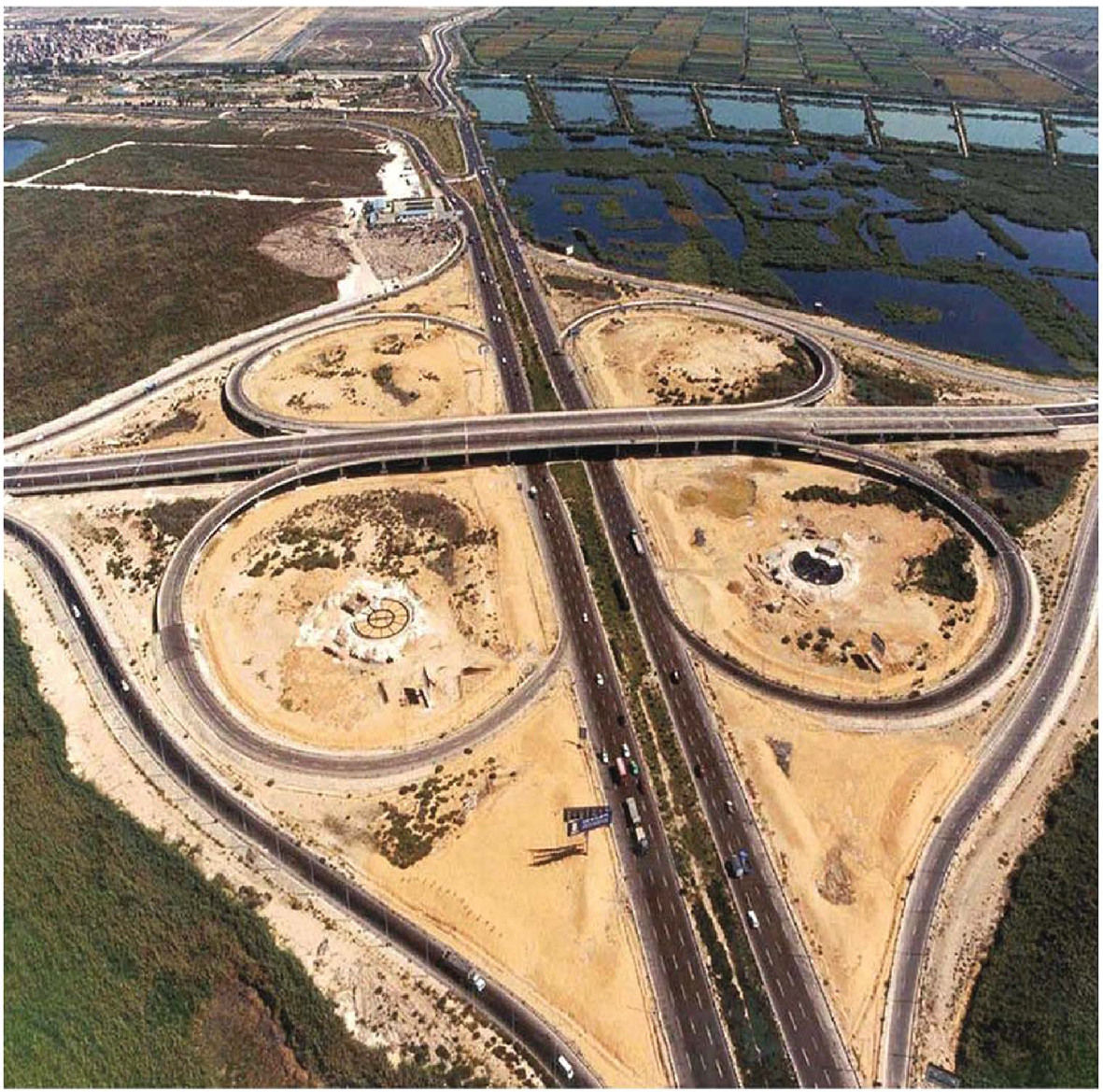The Risk Management process involves the identification, analysis, quantification, mitigation, treatment, and monitoring of risks.
ACE will undertake risk management in the following fields:
Risk Management

Risk Management Process
Safety in Design. |
Occupational Safety of its own and the site premises. |
Site Safety. |




ACE will also participate as required in the client's own overall project risk assessments.
The stages to be followed are described below:
Risk Identification
The purpose of risk identification is to search for and to locate sources of risk exposure before they become a problem. This includes potential safety hazards on-site and within the design concept. Thus ACE will undertake the identification and record the potential
risks and hazards on a risk register.
Risk Analysis
ACE will then undertake the risk analysis which will involve an assessment of the probability and impact of each risk using a risk assessment evaluation matrix developed for the Project or where possible the specific knowledge of a team member. Where appropriate this will be quantified.
Risk Allocation and Treatment
Each risk will be assigned an owner. An owner is an individual who will be responsible for defining, implementing, and monitoring the effectiveness of the responses. In the case of Design Safety Issues, the responsible party would normally be the Design Package Manager, on-site the responsible party would normally be the Contractor, although it will depend upon the hazard identified.
ACE will treat the risks in one of the following ways, in order of preference:
Removal/ Avoidance/ Prevention. |
Reduction/ Optimization. |
Transfer/ Re-assign. |
Retention / Acceptance. |




Risk Removal
Removal in theory is a simple option. It means that a decision is taken to avoid engaging with, or action is taken to withdraw from the source of the risk, thus minimizing the likelihood that any event in relation to that source cannot affect the Project. For example, a design may be reconsidered to avoid using a hazardous material. A potential hazard on site might simply be removed if feasible.
Risk Reduction
Risk reduction can be accomplished through a reduction in the potential impact, a reduction in the likelihood or a combination of the two.

Risk Transfer
The transfer involves sharing risk with an external organization such as an insurer or business partner. The transfer is typically partial and rarely a complete removal of the risk (e.g. insurance policies typically have an excess clause). This is more likely to be applicable to a Project Management risk rather than a design or site supervision risk.
Risk Retention
The decision to retain a risk is typically taken if the risk is uncontrollable or the cost of risk reduction measures exceeds the potential risk exposure. This is the least favored option. Generally ACE will endeavor to seek risk removal or reduction and seek to avoid transfer or retention.
Risk Monitoring and Review
All responses to risks will need to be monitored and managed for effective risk management. ACE will therefore regularly review its risk register to assure that all of the identified risks are being managed and to check that circumstances have not created new risks. Any new risks identified will be added to the register and managed in the same way.









